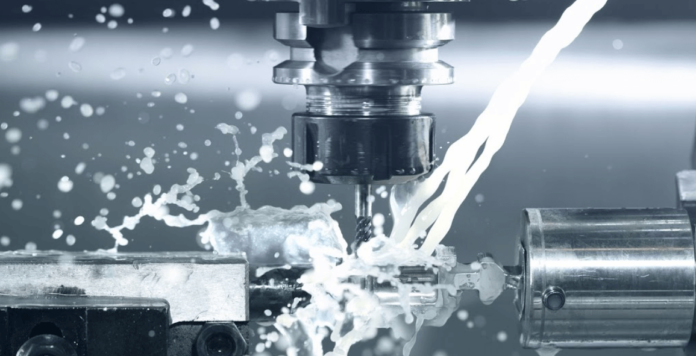
CNC machining is one of the widely used manufacturing processes. It is used with CAD to mass produce parts of different designs. In this case, a computer program controls the machine that produces the finished product.
CNC machining uses a technology known as subtractive machining. This technology works by removing material following the CAD program to make a product. It uses cutting tools that cut and shape the product from a workpiece or blank.
This manufacturing process has become quite popular because of the quality finish and high accuracy it achieves. That is because the final product is based on a CAD file. As a result, the process is automated and thereby reducing the chance for errors. That explains why CNC prices are very competitive. Fortunately, you can find companies that you can partner to keep costs down without compromising on quality. Visit Website from https://rapiddone.com/cnc-machining for CNC machining quote. Factories, where cost-efficiency, accuracy, and mass production are essential, can adopt this manufacturing practice.
Advantages of CNC Machining
The main benefits of CNC machining include convenience, cost-efficiency, and convenience. You should note that the intricacy and complexity of high-performance parts need an intricate and complex system. Fortunately, this manufacturing technology is designed to meet the high demand for precision products. Some industries that widely use this manufacturing practice include medical, transport, marine, military, oil and gas, aerospace, and electronics.
Materials Used in CNC Machining
A lot of materials can be used as long as they meet the required strength level. Therefore, using the right material is vital. A CNC machine can machine nearly all materials. The common materials used include steel alloys, brass, and stainless materials. Also, plastics such as nylon, PEEK, POM, ABS, and polycarbonate. However, certain restrictions include the maximum aspect ratio and minimum wall thickness. That is because the material ought to withstand time, pressure, and vibrations.
CNC Machining Process
The machining process can be divided into three steps:
· Designing of a CAD model
· Turning CAD files into CNC programs
· Automation process
The automation process is the reason CNC manufacturing is popular. That is because there is minimal room for errors, and it can be used for mass production of parts. Types of CNC machining include CNC milling, CNC 5 Axis, and CNC turning.
CNC Milling
In this case, the workpiece is placed on a machine bed and held with a vice. The material is removed from the solid piece by drills and cutting tools that rotate at high speeds. For milling, the tools are attached to the spindle. Ideally, this is a popular choice for making industrial parts and products.
CNC Turning
The workpiece is placed on a spindle that rotates at high speeds. This type of machining is perfect for producing screws and washers. The good thing about this method is that it is cost-friendly for manufacturing symmetrical parts.
CNC 5 Axis
This process is used for manufacturing intricate, complicated designs. In this case, the machine operates with 5 axes rather than 3. With the extra axes, the manufacture of complex parts is made easier.





